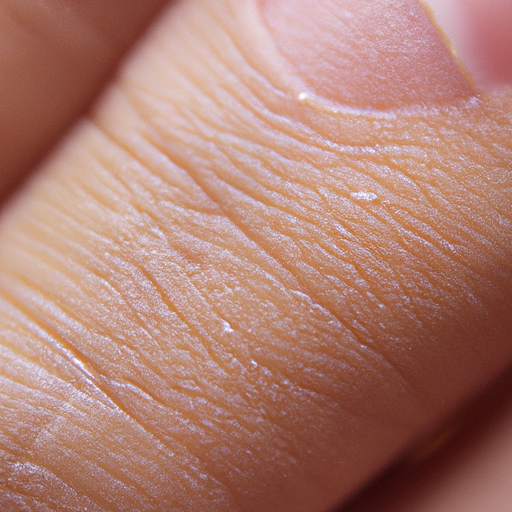As a medical professional, I am often asked about the latest skincare trends and treatments. One of the most popular treatments that has been gaining traction over the past few years is the glycolic acid peel. This treatment, which is often hailed as a “magic” solution for various skin issues, can indeed be a gateway to radiant skin when used correctly.
Glycolic acid is a type of alpha-hydroxy acid (AHA) that is derived from sugar cane. It is a small molecule, which means it can penetrate the skin deeply and easily, making it highly effective for treating fine lines, acne, blackheads, dullness, oiliness and uneven texture.
The magic of glycolic acid lies in its ability to exfoliate the skin. It works by breaking down the substance that holds dead skin cells together, allowing them to slough off and reveal the fresher, healthier skin underneath. This process also stimulates the production of new skin cells and collagen, which can help to reduce the appearance of wrinkles and fine lines.
Glycolic acid peels are a more intense form of this exfoliation process. During a peel, a solution of glycolic acid is applied to the skin and left on for a short period of time. This causes the outermost layer of skin to peel off over the course of several days, revealing the newer, healthier skin underneath.
One of the key benefits of a glycolic acid peel is that it can be tailored to suit different skin types and concerns. For example, a lower concentration peel (around 20-30%) may be used for those with sensitive skin or for those who are new to acid peels, while a higher concentration peel (up to 70%) may be used for those with more severe skin issues or those who have had peels before.
However, while glycolic acid peels can be highly effective, they are not without risks. Some people may experience redness, irritation, and peeling after a treatment, particularly if they have sensitive skin or if a high concentration peel is used. There is also a risk of hyperpigmentation, particularly for those with darker skin tones.
To minimize these risks, it is important to prepare the skin properly before a peel, to follow the aftercare instructions carefully, and to protect the skin from the sun afterwards. It is also recommended to have a glycolic acid peel performed by a trained professional, such as a dermatologist or aesthetician, who can assess your skin type and concerns and determine the most appropriate treatment for you.
In conclusion, glycolic acid peels can indeed be a “magic” solution for various skin issues, offering a gateway to radiant, healthier skin. However, like any treatment, they should be used with caution and under the guidance of a trained professional. With the right approach, a glycolic acid peel can be a safe and effective way to rejuvenate your skin and boost your confidence.
So, if you’re looking to unveil the magic of glycolic acid peels and step into the world of radiant skin, I would recommend consulting with a skincare professional who can guide you through the process and help you achieve the best possible results.



